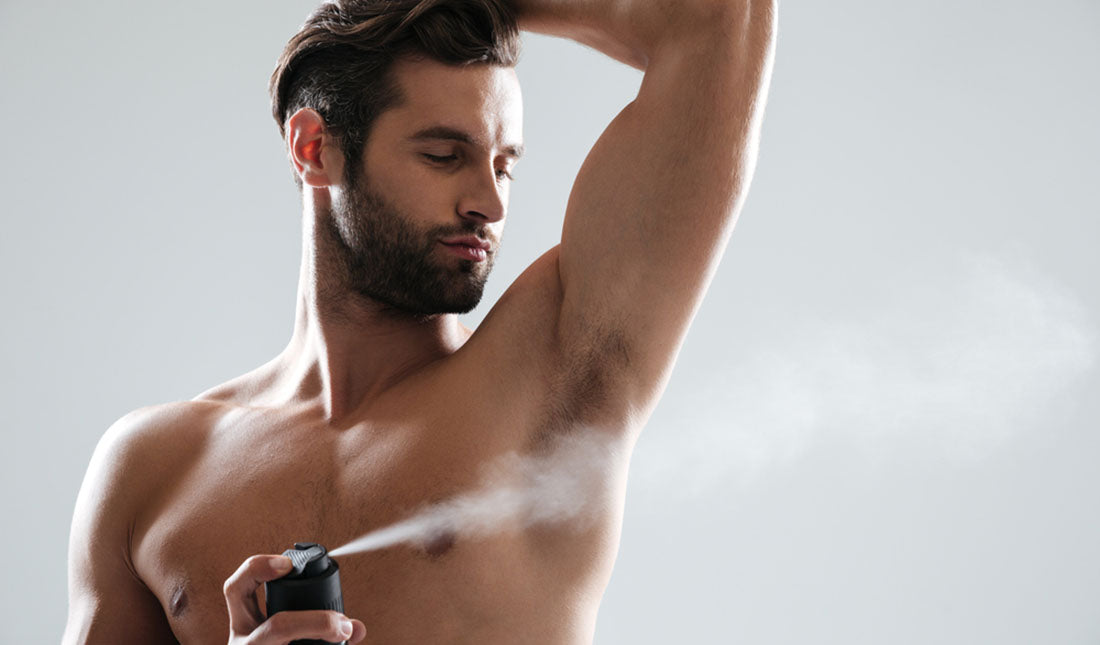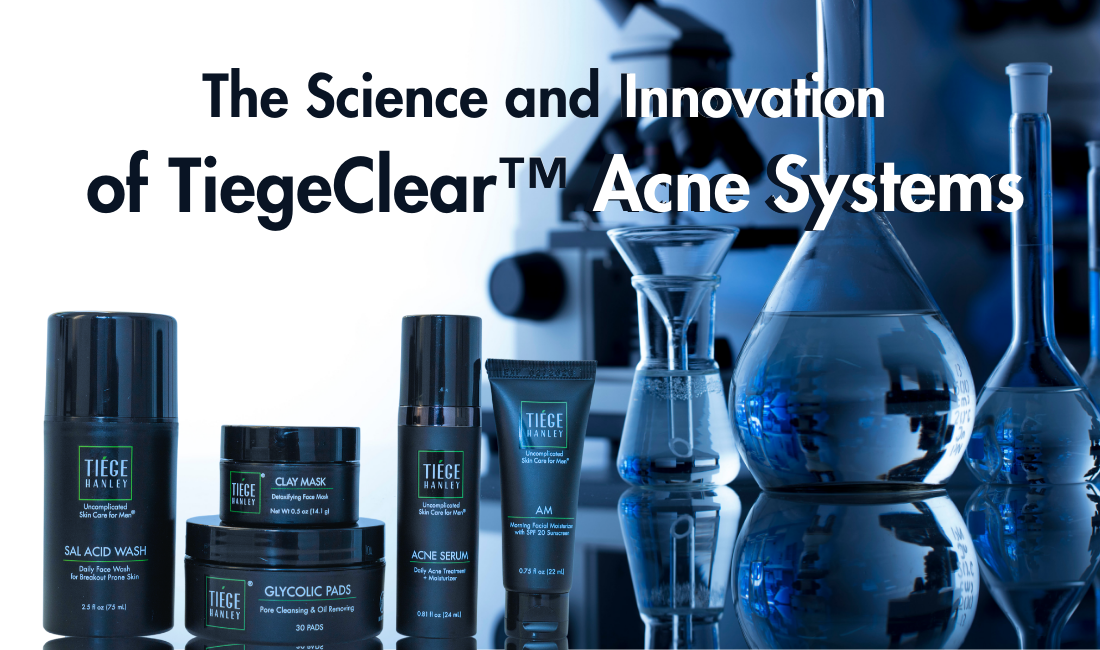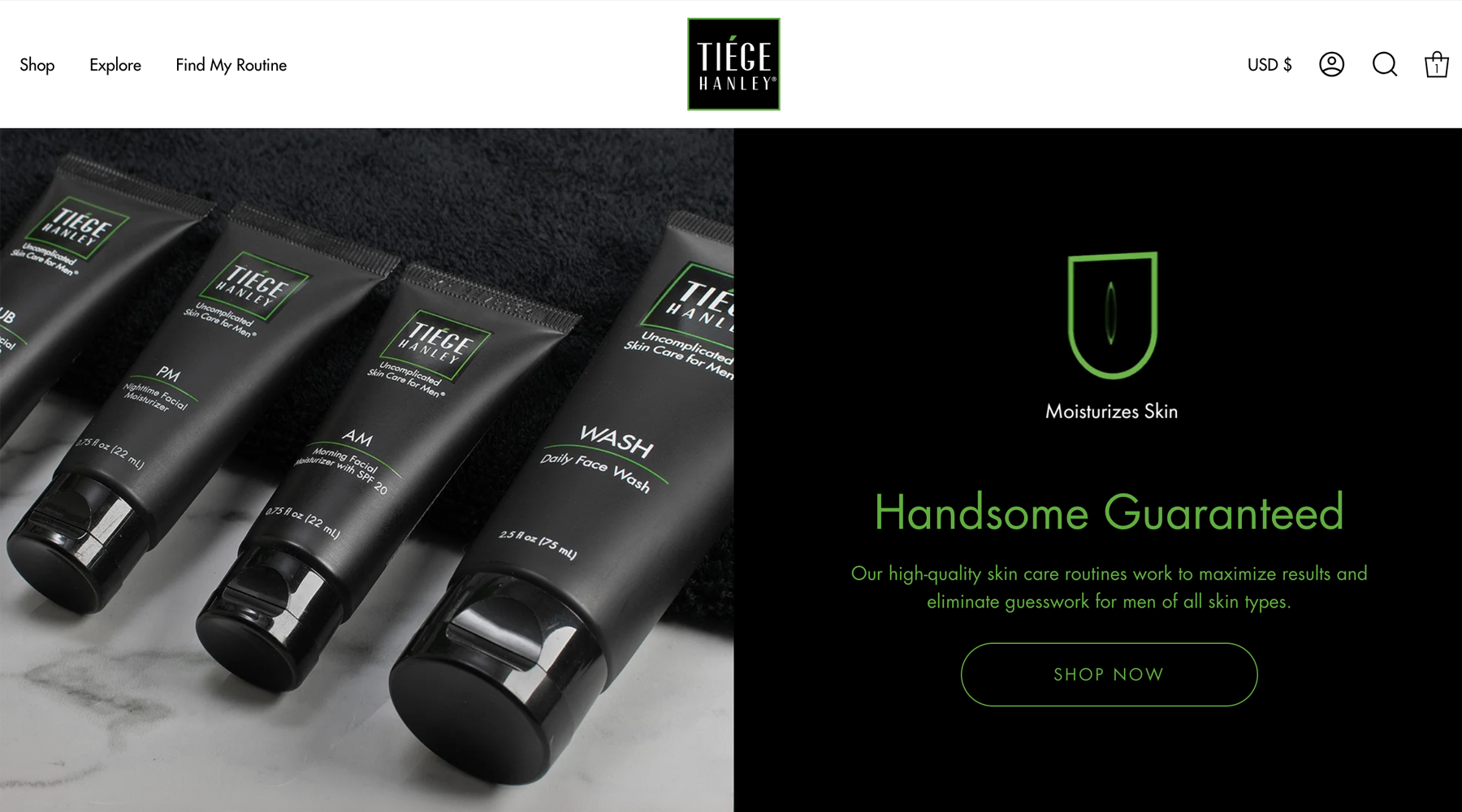If you’ve been taking a closer look at the ingredients in your deodorant lately, we don’t blame you one bit.
There has been a lot of buzz these days about deodorant ingredients and their potential to cause harmful effects on the body.
You no doubt want to use personal care products that are right for your health and body.
Reading the ingredients label on the back of your deodorant is a great way to start.
Now, we know that sounds like a total slog.
That’s why we’ve gone ahead and done some of the heavy lifting for you.
Below, you’ll find a roundup of the most common deodorant ingredients, what they do and whether or not you should be concerned.
That way, you can make the decision that’s right for your body.
But first, here are three things you should know about deodorant ingredients:
- Some of the most common deodorant ingredients have been flagged as being potentially unsafe for long-term use.
- Aluminum compounds in deodorant have stirred the most controversy to date, despite no compelling evidence showing they are dangerous.
- If conventional deodorant ingredients make you nervous, natural deodorants are a safe alternative that can put your mind at ease.
Choosing a deodorant you feel good about can be tricky these days.
Hopefully, this breakdown of deodorant ingredients will provide some clarity in your search for the best product.

1. Aluminum Compounds
If there is one group of deodorant ingredients that seems to have everyone buzzing, it’s aluminum compounds.
Found in the majority of antiperspirants but not necessarily all deodorants, aluminum compounds are the active ingredients that block the body’s sweat ducts to reduce overall sweating.
In conventional antiperspirants and deodorants, these typically appear on the label as aluminum chlorohydrate, found in roll-ons and aerosols, or aluminum zirconium tetrachlorohydrex gly, which is found in solids.
Are Aluminum Compounds Safe?
Depends on who you ask.
Although some small studies have claimed a potential link between deodorants and breast cancer, cancer organizations, such as the National Cancer Institute, are pretty adamant that antiperspirants and deodorants do not cause cancer.
Another common claim is that deodorants contribute to Alzheimer’s disease.
In a 2011 study published in the International Journal of Alzheimer’s Disease, researchers concluded that there is evidence of a link between aluminum and Alzheimer’s disease (see claim: “There is growing evidence for a link between Al and AD.”), but also acknowledge that the issue is controversial.
There is also no compelling evidence showing the aluminum in deodorant contributes to Alzheimer’s disease.
CONTROL EYE BAGS2. Alcohol
If you look at the inactive ingredients on your deodorant or antiperspirant, you might see one or two alcohols on the label.
They’re especially common in roll-ons and aerosols.
Depending on the type of alcohol, their purpose can vary.
Usually, alcohols in deodorants are used because they’re a quick-drying ingredient that feels cool to the skin.
However, fatty alcohols such as stearyl alcohol can be beneficial to the skin by helping to smooth and heal dry skin.
Is Alcohol Safe?
Fatty alcohols, like the ones found in our skin care products, are safe and even beneficial to the skin.
For instance, cetearyl alcohol and stearyl alcohol are often used in eye creams and other anti-aging products because they can help soften and smooth the skin.
However, other alcohols such as isopropyl alcohol and denatured alcohol can aggravate the skin.
3. Triclosan
Triclosan is an antibacterial agent that is added to deodorants to stop the growth of odor-causing bacteria.
It’s also common in toothpastes, hand sanitizers, dry shampoos, consumer goods and some cosmetic products.
Is Triclosan Safe?
In 2016, the FDA banned the use of triclosan in over-the-counter antibacterial hand and body washes.
The reason for the ban came down to manufacturers not being able to prove that triclosan was safe for long-term daily use.
However, triclosan is still present in many self-care products, including deodorant.
TAKE THE SKIN CARE QUIZ4. Fragrance
What’s the first thing you do when you shop for a deodorant?
You pick it up and smell it, of course.
Fragrances are often added to deodorants to enhance their buying appeal, as well as to mask unwanted body odor.
But since the chemicals in fragrances are considered a “trade secret,” there’s no telling for certain what’s in them.
Is Fragrance Safe?
For those with sensitive skin, perhaps not.
According to a 2003 study published in the American Journal of Clinical Dermatology, artificial fragrances are one of the most frequent causes of allergic skin reactions (see claim: “Fragrance ingredients are also one of the most frequent causes of contact allergic reactions.”)
If you have sensitive skin, you may be better off choosing an unscented deodorant.
5. Talcum Powder
Talcum powder, or talc for short, is a powdered mineral made up of magnesium, silicon and oxygen.
It’s main purpose in personal care products is to absorb moisture and oil.
Talc has a slippery feel to it and glides easily on the skin.
Is Talc Safe?
Talc has long been used in food and cosmetic products.
However, some forms of talc contain asbestos, which is a known carcinogen.
Antiperspirants and deodorants that contain talc must therefore be free of any detectable amounts of asbestos.

Choosing a Deodorant You Can Feel Good About
At Tiege Hanley, we want you to choose personal care products you can feel confident using, day in and day out.
Although it may take a little extra work to find the right deodorant, the peace of mind you get will be well worth the effort.
References
Kawahara, Masahiro, and Midori Kato-Negishi. “Link between Aluminum and the Pathogenesis of Alzheimer’s Disease: The Integration of the Aluminum and Amyloid Cascade Hypotheses.” International Journal of Alzheimer’s Disease, vol. 2011, Mar. 2011. PubMed Central.
Johansen, Jeanne D. “Fragrance Contact Allergy.” American Journal of Clinical Dermatology, vol. 4, no. 11, Nov. 2003, pp. 789–98. Springer Link.







